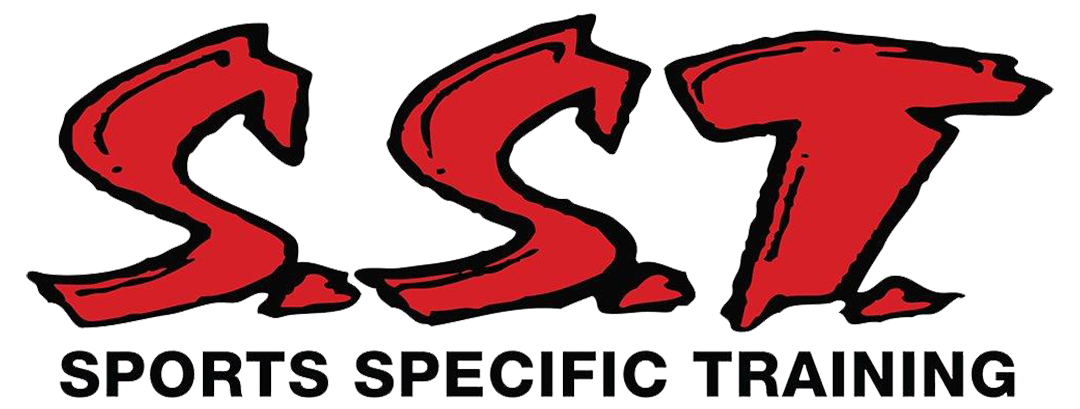Before you read part two make sure you go and read part one, if you haven’t here is the link. We discuss the importance of understanding that all athletes can’t be trained the same. We also talk about the importance of coaching athletes to make them better, finding adjustments and tweaking training methods is so important to an athlete’s speed and conditioning development.
Agility training: I believe many of us spend too much time on linear speed training for sports when we should focus more on lateral speed work. Unlike track, sports are multi-directional, and GREAT athletes not only possess top-end speed, but also the quickness of a cat. Think Barry Sanders from the Detroit Lions; he would break ankles on the football field! There are many methods to teach agility, and we focus on closed and open-chain agility exercises.
- Closed-chain: These types of drills and exercises are what we call patterned drills. Examples include all ladder drills and specific drills that are patterned. With high-end athletes (could be high school as well), we tend to spend very little time with closed-chain exercises. The few we like to include in our programing in the early preseason are drills in which we have our athletes learning how to decelerate. (Note: Sometimes, an athlete has a difficult time changing direction not because of form, but because they tend to be eccentrically weak. This has to be taken care of in the weight room.) We use the cue “STICK IT” to make certain they stop on a dime!
- Our drills for this may be as simple as a 5-yard sprint and stop before the line. Our athletes focus on accelerating as fast as they can but then lower their hips and stop on a dime before the line! The next progression to this is having our athletes perform the same distance but moving in a different direction (backpedal, crossovers, and shuffling).
- After we have mastered the ability to stop after moving in all directions, we teach our athletes how to change direction, which is VITALLY important in ALL sports! For example, we will have an athlete shuffle for 5 yards, and once they touch the line with their foot, they change their body position and direction and shuffle back. We cue the athlete to stick it where they started. Once they master each direction, we then progress to multidirectional movements, such as sprinting for 5 yards then crossover back and stick it. Your imagination is endless with these drills, but we try to be specific to the sports and position. For examples, defensive backs in football focus on all, but we tend to have them backpedal much more since they pretty well do this on every play.
Open-chained agility. This is SPORTS. React to what you see and make it happen. When is the last time you were in a game of football and a player was running and a coach yelled to go left then right, etc.? NEVER! Games are played by reaction with your senses, especially your eyes. This is why I firmly believe younger athletes should play multiple sports. In fact, kids should play more in uncontrolled environments. This is where they can be creative and learn to react!




